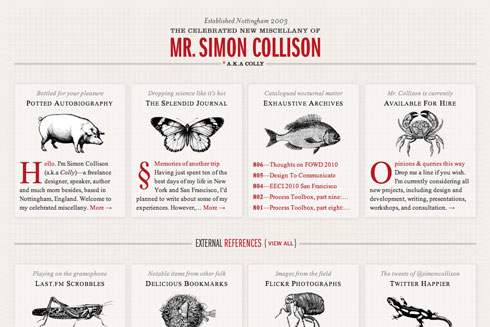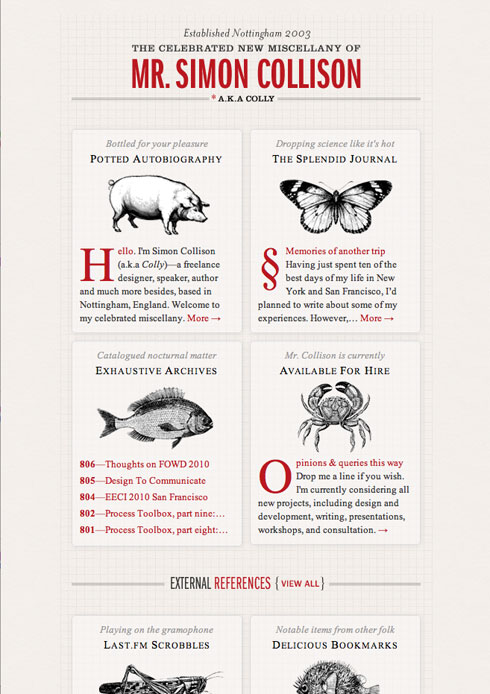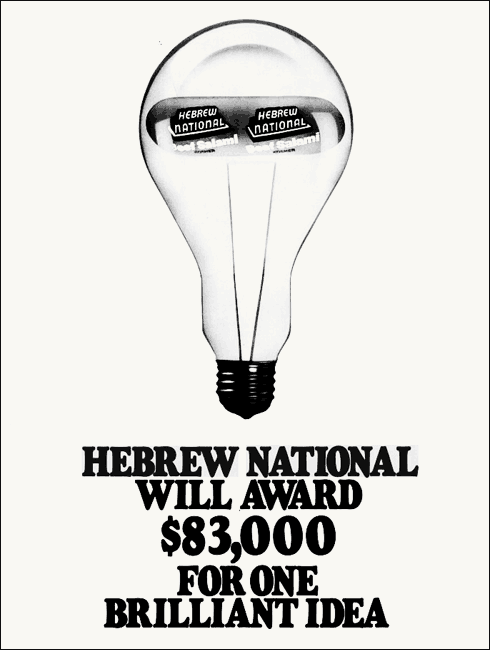
OUR LIBRARY IS BURNING. Copyright extension has banished millions of books to the scrapheap. Digital permanence is a tragically laughable ideal to anyone who remembers the VHS format wars or tries to view Joshua Davis’s 1990s masterpieces on a modern computer. Digital archiving is only as permanent as the next budget cycle—as when libraries switched from microfilm to digital subscriptions and then were forced to cancel the subscriptions during the pre-recession recession. And of course, my digital work vanishes the moment I die or lose the ability to keep hosting it. If you really want to protect your family photos, take them off Flickr and your hard drive, get them on paper, and store them in an airtight box.
Though bits are forever, our medium is mortal, as all but the most naive among us know. And we accept that some of what we hold digitally dear will perish before our eyes. But it irks most especially when people or companies with more money than judgement purchase a thriving online community only to trash it when they can’t figure out how to squeeze a buck out of it. Corporate black thumb is not new to our medium: MGM watered down the Marx Bros; the Saatchis sucked the creative life and half the billings out of the ad agencies they acquired during the 1980s and beyond. But outside the digital world, some corporate purchases and marriages have worked out (think: Disney/Pixar). And with the possible exception of Flickr (better now than the day Yahoo bought it), I can’t think of any online community or publication that has improved as a result of being purchased. Whereas we can all instantly call to mind dozens of wonderful web properties that died or crawled up their own asses as a direct result of new corporate ownership.
My colleague Mandy Brown has written a moving call to arms which, knowingly or unknowingly, invokes the LOCKSS method (“Lots of Copies Keep Stuff Safe”) of preserving digital content by making copies of it; she encourages us all to become archivists. Even a disorganized ground-level effort such as Mandy proposes will be beneficial—indeed, the less organized, the better. And this is certainly part of the answer. (It’s also what drives my friend Tantek’s own your data efforts; my beef with T is mainly aesthetic.) So, yes, we the people can do our part to help undo the harm uncaring companies cause to our e-ecosystem.
But there is another piece of this which no one is discussing and which I now address specifically to my colleagues who create great digital content and communities:
Stop selling your stuff to corporate jerks. It never works. They always wreck what you’ve spent years making.
Don’t go for the quick payoff. You can make money maintaining your content and serving your community. It won’t be a fat fistful of cash, but that’s okay. You can keep living, keep growing your community, and, over the years, you will earn enough to be safe and comfortable. Besides, most people who get a big payoff blow the money within two years (because it’s not real to them, and because there are always professionals ready to help the rich squander their money). By contrast, if you retain ownership of your community and keep plugging away, you’ll have financial stability and manageable success, and you’ll be able to turn the content over to your juniors when the time comes to retire.
Our library is burning. We didn’t start the fire but we sure don’t have to help fan the flames. You can’t sell out if you don’t sell. Owning your content starts with you.









